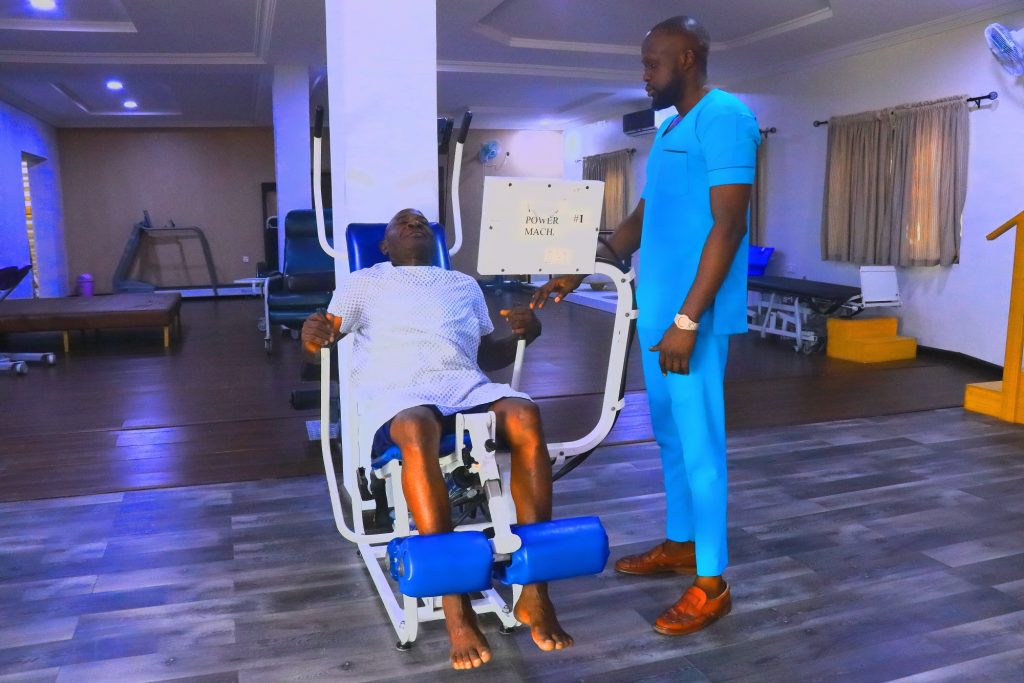Stroke is one of the leading causes of death and disability globally. It occurs when there is an interruption or reduction of the blood supply to the brain. This distortion in the blood going to the brain causes the brain tissues and cells to die. It is known that the brain cells cannot survive for more than 4 minutes if there is no adequate supply of oxygen and nutrient.
Stroke is a medical emergency, and fast and timely intervention is important. When immediate action is taken once a person has a stroke, the damage to the brain tissue is could be stalled and other complications limited.
One out of four persons would suffer a stroke in a lifetime. It is important not to be the one by taking the necessary precautions and visiting your doctor for stroke risk assessment and prevention.
The good news is that stroke is preventable. If it does occur, it is treatable The treatment of stroke is best achieved in a center dedicated to stroke care usually referred to as the Stroke Unit. Such a center is equipped with infrastructure, specialist doctors, nurses, and other healthcare providers trained for the care of stroke patients.

The treatment of stroke is usually incomplete if a stroke survivor’s functional is not restored to a certain degree of independence. This can only be achieved through a comprehensive neurorehabilitation program. Such program comprises the actions of physical therapists, occupational therapists, speech therapists, and other neurorehabilitation professionals.
FUNCTION
The aim of rehabilitation after stroke is to help the survivor relearn some of the functions which he lost due to the stroke. This process of relearning lost activities vary from person to person and depends much on the extent of the damage caused to the brain tissue by stroke. Some individuals recover faster than others, hence, rehabilitation after stroke is individual specific.
It can be a long term and frustrating experience for both the patient and caregivers.

